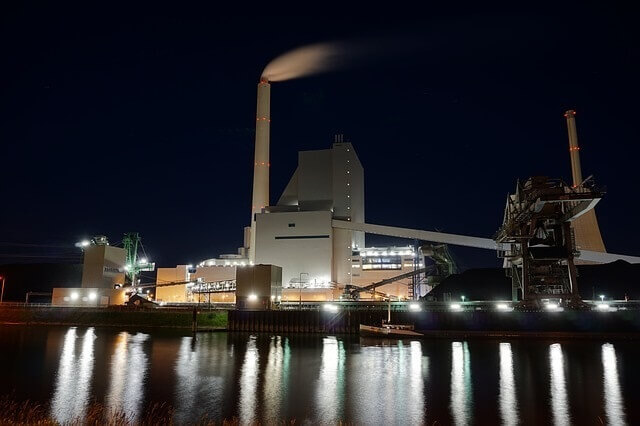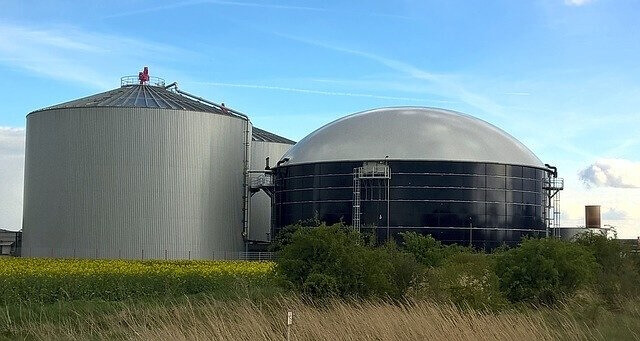Energy from Waste Industry
Energy from Waste (EFW) is a concept where typically waste products generated from industrial and domestic processes are utilised for the generation of energy limiting the amount of waste sent to landfill which can generate unwanted methane.
EFW processing seeks to recover energy from residual waste which is products leftover once recycling has been completed. Although the products are waste they still contain energy in the form of calorific value and hence can be considered as a fuel – a storage unit of energy. Before fuel can be utilised within an EFW process it sometimes must be cleaned through pre-treatment to create a refuse-derived fuel (RDF) or Solid Recovered Fuel (SRF).
EFW processes within plants can create energy in the form of electricity, heat, or the production of gases or chemicals which can be utilised for other materials or electricity.
In order to generate energy, a conversion process is required from the waste which is from either a Thermochemical or Biochemical process.
Calorific value table source world energy council and department for business energy and industrial strategy
Thermochemical Conversion Process
During a thermochemical process, heat is used to recover energy.
Combustion
Waste is incinerated at temperatures above >100C. A chamber is heated causing any water content to boil, after which gases are generated, followed by the waste. The heat generates pressured seam driving a turbine coupled to a generator producing electricity. Leftover waste is called ash in which metals can be recovered and reused for recycling. 
Gasification
Gasification is known as the partial combustion of waste with fuels heated with the oxygen controlled to prevent complete combustion. A fluidized bed filters gases. During partial combustion, the heat creates a synthetic gas (syngas)containing hydrogen, carbon dioxide & monoxide which is used as a fuel within a gas turbine.
Pyrolysis
This process involves the thermochemical decomposition of organic substances without oxygen within a chamber heated between 400-900C. Similar to gasification Syngas is generated but also liquid oils known as pyrolysis oils which are similar to tar substituting petroleum and used within biofuels. Solid fuels are also created (Char).
Biochemical
During Biochemical process, microscopic organisms are used to accelerate the decomposition of biodegradable substances to create energy.
Anaerobic Digestion
Anaerobic digestion is the process in which natural organism and bacteria break down organic material within a sealed tank without oxygen generating methane and carbon dioxide over the course of a 15-30 day cycle. Sources of waste for anaerobic digestion are from leftover food, waste food, and manures. Liquid manure is mixed with biomass to enable it to be pumped.
The biogas is utilised within a gas turbine, have the CO2 removed to produce biomethane used within mains gas or transport. Leftover material not digested is known as digestate which is reused as fertiliser. Digestate is pumped on to utilising pumps driven by a power take-off shaft on tractors.  Fermentation
Fermentation
Fermentation generates energy by organic material placed into a tank without oxygen containing acid, hydrogen or alcohol. Example uses are where yeast is used to make bioethanol.
Landfill with Gas Capture
Landfills are typically where waste is disposed of which can not be recycled and utilised most in undeveloped countries. Landfill gas captures, capture the gas generated from decomposing materials utilising wells to obtain gas.
We can supply pumps for the following processes within energy from waste:
Conveying of liquid waste
Transferring of pyrolysis oils
Condensate return
We offer the following pump types to ensure suitability within your process:
Handling of dry content up to 90%
Heating jackets for viscous liquids preventing solidification
Slow consistent conveying of waste
Hopper design with bridge breakers to break up solid waste
Overhung bearing design for continuous running
View our range of pumps for the Energy from Waste Industry





